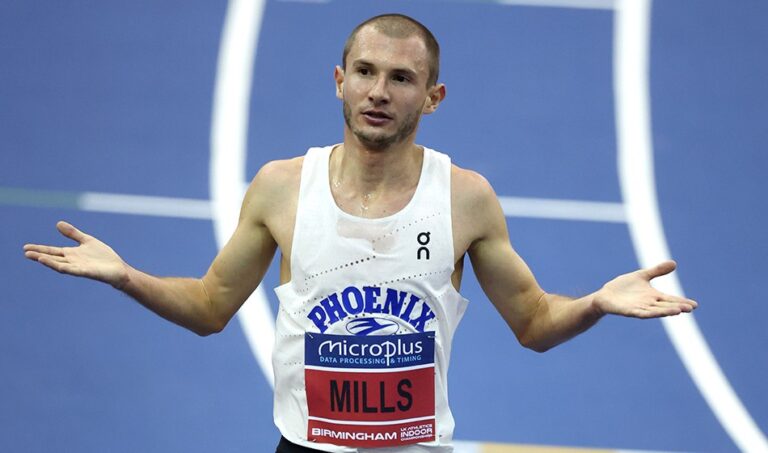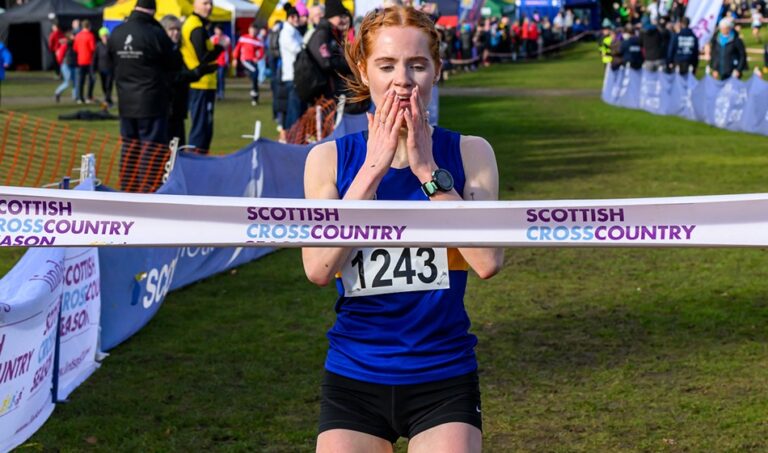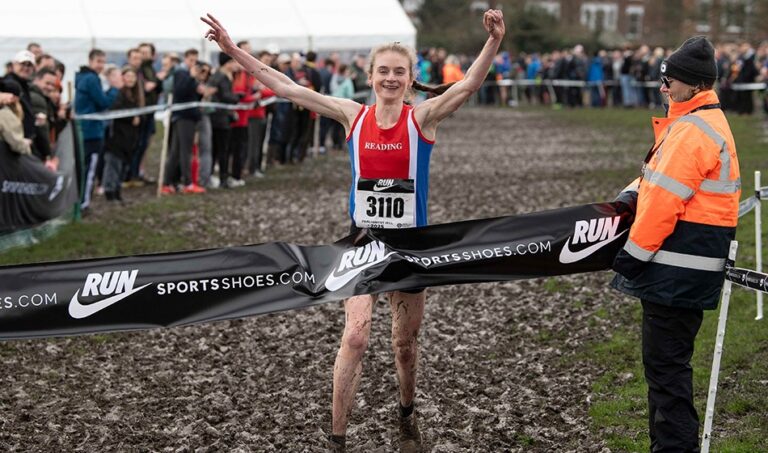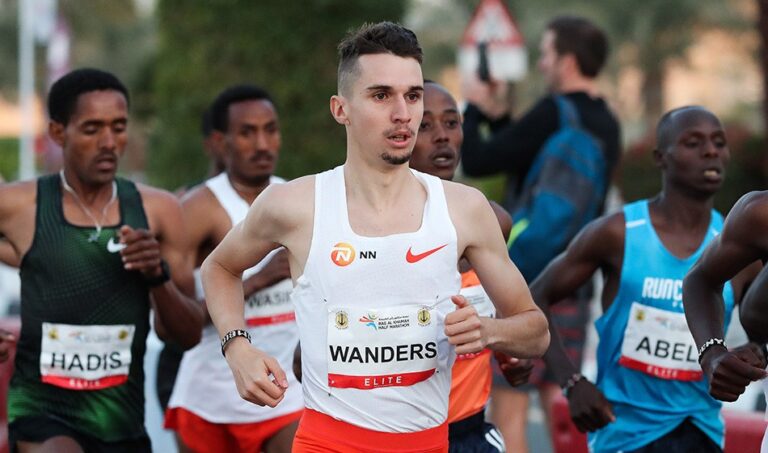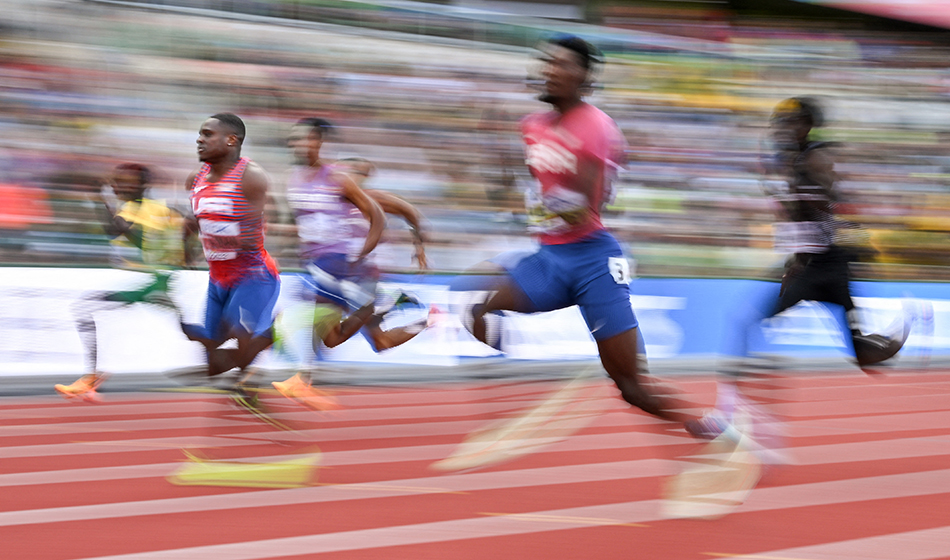
Running, a fundamental aspect of human movement, has evolved into a professional discipline admired by many. The allure of seeing athletes perform at peak levels during international events inspires countless individuals to lace up their shoes and hit the pavement. Additionally, resources like valuewalk.com/cryptocurrency/best-bitcoin-casinos provide athletes with diverse avenues to support their training and leisure activities. However, to emulate these sports icons, it’s essential to explore the science and methodology behind their training routines.
Athlete, Running
Professional athletes don’t merely rely on natural talent; they meticulously craft their skills through structured traininingprograms, nutritional strategies, and psychological preparation. Understanding these components can pave the way for enthusiasts to elevate their running capabilities. Just as athletes balance speed, stamina, and technique, aspiring runners can achieve substantial improvements by adopting similar principles.
The core principles behind professional running
Mastering the art of running involves an intricate blend of technique, endurance, and mental fortitude. Athletes start by focusing on form and biomechanics to maximize their efficiency and prevent injuries. Incorporating insights from biomechanics studies helps runners understand how to optimize movement patterns for better performance. Proper posture, rhythm, and breathing control are vital in sustaining long-distance runs or explosive sprints. Incorporating various running exercises, like interval training and hill repeats, helps build both anaerobic and aerobic capacity, crucial for peak performance. Beyond physical conditioning, psychological preparation plays a pivotal role. Mental toughness and focus are nurtured through visualization techniques and goal-setting.
Adopting the athlete’s lifestyle for running success
The transition to an athlete’s lifestyle encompasses more than just physical training. Nutrition, rest, and recovery are equally important. Athletes meticulously plan their diets to fuel their bodies with the right balance of carbohydrates, proteins, and fats, ensuring optimal energy levels for intensive training sessions. Research on running biomechanics adaptations highlights the importance of tailored training and recovery practices to maintain peak conditions and enhance performance. Moreover, athletes prioritize recovery, incorporating sufficient sleep and utilizing recovery techniques such as stretching and massage. Engaging in such practices fosters not only physical readiness but also emotional and mental well-being, which is a cornerstone of professional attitudes outlined in leading athletics-focused resources.
Learning from athletes’ strategic approaches
Athletes adapt strategic approaches tailored to their specific running goals, whether it’s dominating a marathon or excelling in a sprint. This involves studying their performances, learning from mistakes, and setting incremental milestones that build towards larger objectives. Such strategic thinking is akin to planning for emerging trends in competitive platforms, where decision-making and adaptability drive success. Running, much like testing one’s limits in a gaming challenge, requires a keen analysis of strengths and weaknesses, followed by systematic improvements. For instance, marathon champions like Mo Farah continually refine their techniques and strategies, as evidenced by Farah’s preparation strides at events like the NYC Half.
Emulating athletes requires commitment, a detailed understanding of training science, and the adoption of a holistic lifestyle approach. Such practices exemplify the dedication and resilience needed to advance from an amateur enthusiast to a proficient runner. By following structured training regimes, embracing balanced nutrition, and nurturing a steadfast mindset, one can unlock their potential to run with the prowess and precision akin to professional athletes. However, achieving this level of proficiency is not limited to physical training alone.
Just as players in the world of cryptocurrency must navigate the best platforms to succeed, choosing the right resources and environments is crucial for athletes. For instance, platforms offering insights into the best Bitcoin casinos, like valuewalk.com/cryptocurrency/best-bitcoin-casinos/, can provide valuable guidance for high-stakes decisions, mirroring the strategic choices athletes must make. In both realms, whether it’s selecting the optimal training conditions or identifying the most rewarding crypto ventures, informed decision-making is key. As athletes optimize their regimens to reach elite levels, those navigating other fields, like cryptocurrency, must also leverage expert advice and strategic planning to reach their potential.



:max_bytes(150000):strip_icc():focal(749x0:751x2)/nyc-marathon-rules-7-103123-f5cb835f4c7a44cdb8a66356e0b986f8.jpg)


